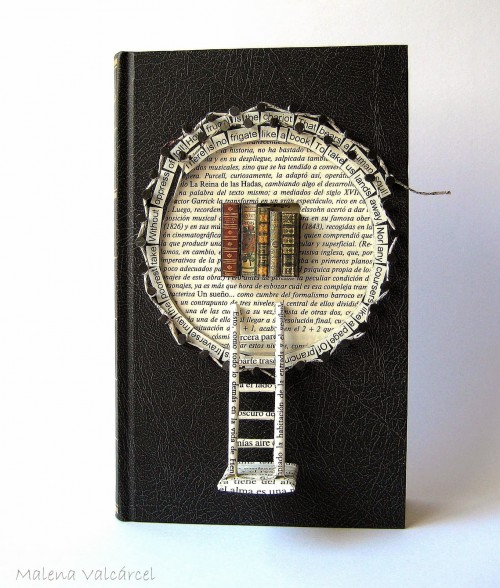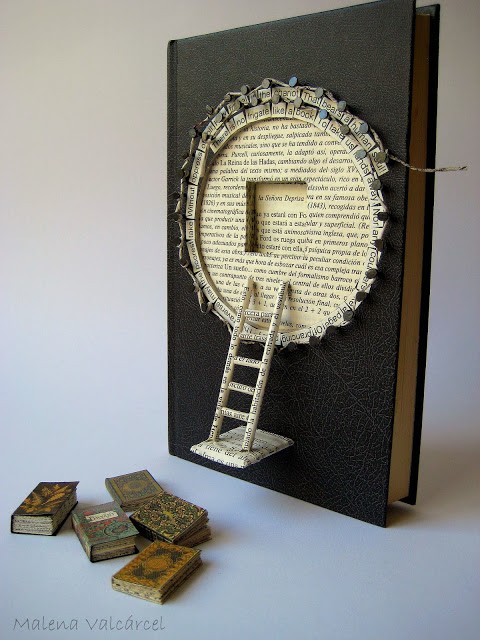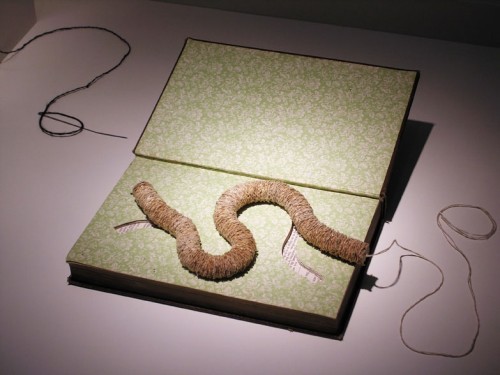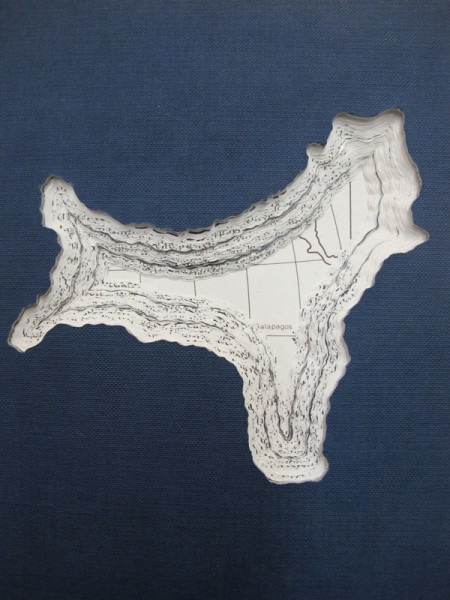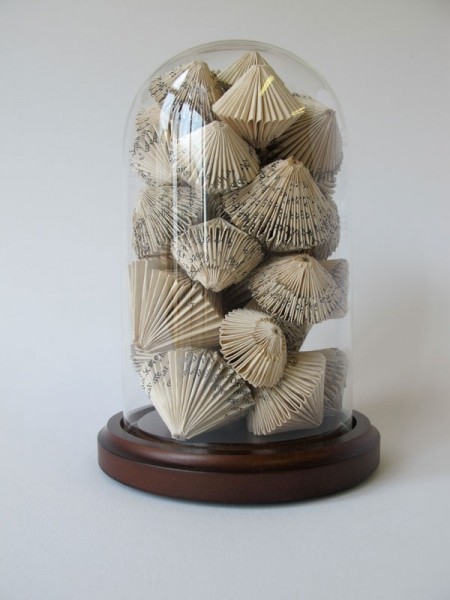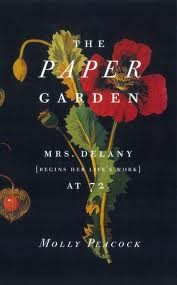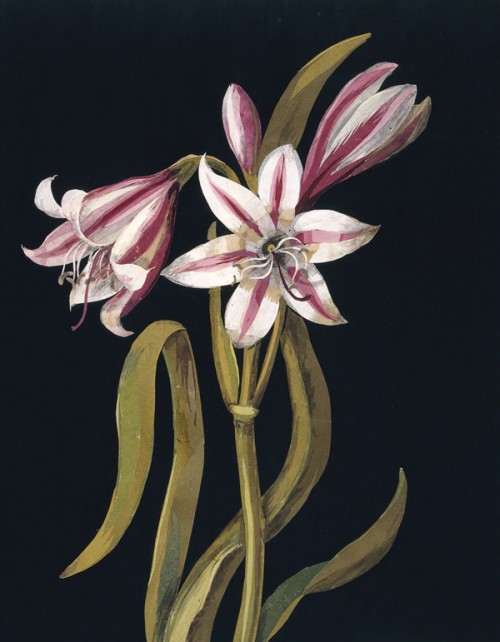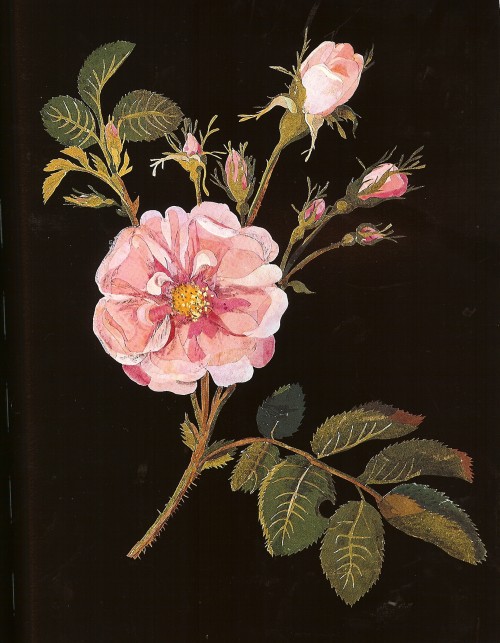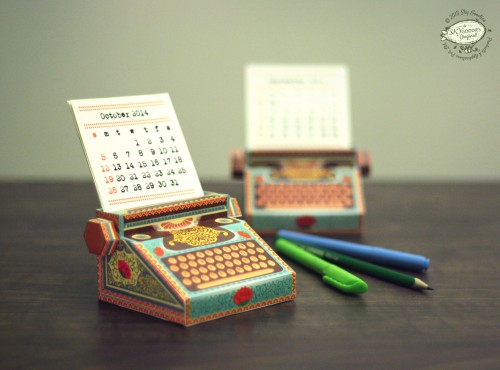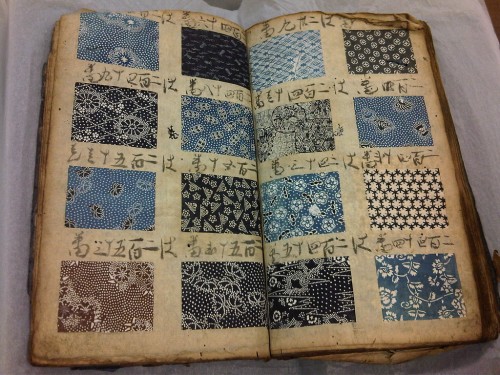Last month I wrote about using What the Font to identify a typeface. Here’s the image I gave to “What The Font”

The answer was a modern digital font, Dexterous.
Steve Saxe wrote to remind me that the specimen I was trying to identify was from a pamphlet printed from metal type, not a digital publication. While such a font search might point me in a general direction, I should have looked further and found the foundry type face name. Here’s what Steve wrote, including a bit of history of the face that was used in the specimen, Art Gothic:
Type designs cannot be copyrighted (though they once were, in the US at least.) But names can be copyrighted, so those who wish to copy or pirate a design usually think up a new name for it. (For instance, “Swiss” for “Helvetica.”) Dan X. Solo did this with a lot of ornamented typefaces. This causes great confusion, since some popular faces have been arbitrarily given several names. In this case, forget “Dexterous.” For that matter, forget “Identifont” when you are dealing with metal typefaces – it may work for digital faces, but the sample given was clearly printed before the twentieth century.
Art Gothic was designed by Gustave Schroeder of the Central Type Foundry, St. Louis. It was patented 17 May 1887 in the name of Carl Schraubstadter, owner of the Central Type Foundry (US design patent D17350)
From Nineteeth-Century Designers and Engravers of Type by William E. Loy, edited by Alastair M. Johnston and Stephen O. Saxe:
“It may be said he [Schroeder] originated a new departure in letter designing, and his first series, the well-known Art Gothic, was the most severely criticized and the most highly praised of any style in recent years. It soon made its way in popular favor, and has been bought and worn out three or four times in some offices. The suggestion for this series was discovered by Mr. St. John on the label of a soap box.”
David MacMillan also wrote me about the post, and pointed me to his website, a list of metal types, most with specimen sheets and the history of the face, here. In particular, there’s a scan of a specimen sheet for Art Gothic here.
